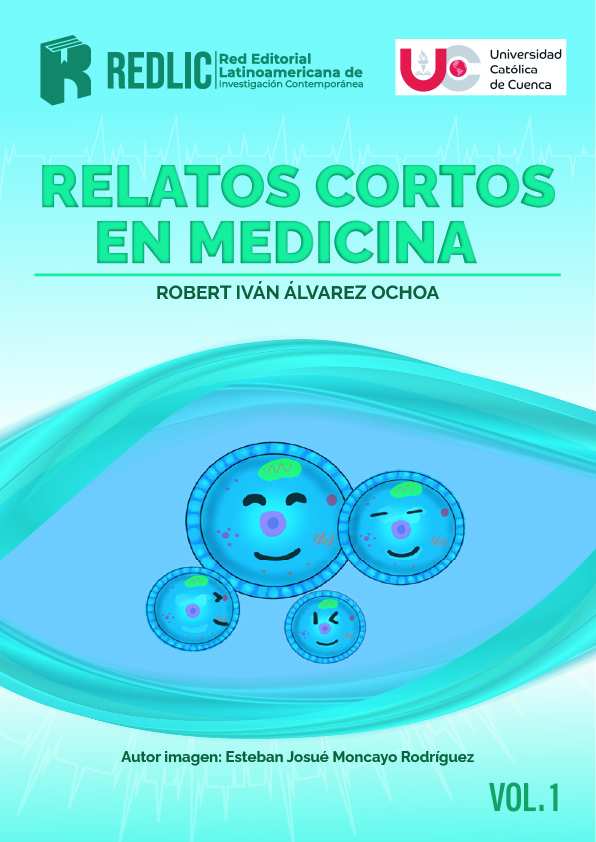Publicación en la Editorial REDLIC
Estimados investigadores:
Nos complace anunciar que contamos con las siguientes vacantes en el Catálogo de Prensa.
1. Editores de sección [7]
2. Editores asociados [10]
The literary work entitled ‘Short Stories of Medicine’ is a collection of narratives that delve into various medical scenarios and experiences intertwined with imagination and storytelling.
The book's foreword underlines the aim of presenting medicine beyond illness. It reflects on its evolution and emphasises the importance of exploring its various concepts, including medical, biological, physiological and pathophysiological, among others. Each story envelops the reader with vivid images related to medical knowledge, making for an engaging and captivating reading experience.
Once reading begins, it is difficult to switch off, giving readers a sense of satisfaction similar to that of completing an engaging television series in one sitting. The stories are truly captivating, immersing readers in the world of medicine.
For example, Norton, the erythrocyte, tired of his role as an oxygen transporter, witnesses a parasite attacking another erythrocyte. Driven by the desire to help, Norton saves the injured erythrocyte and shares its nutrients with it. On his journey to the base of the white blood cells, Norton faces several challenges, but eventually succeeds in helping a monocyte fight off salmonella. Upon arriving at the base, Norton realises that his role as a red blood cell is just as important. Norton returns home with a new understanding of his significance in the body.
Similarly, ‘Discovering the First Avenger’ tells the story of Fleming, a retired military doctor and researcher who lives in solitude. Fleming's life changed after discovering lysozyme and penicillin, two major medical breakthroughs. Despite the challenges he faced, Fleming's discovery of penicillin had a significant impact on World War II and saved thousands of lives. In the end, Fleming found solace in his contribution to the well-being of humanity and died surrounded by his legacy.
So too, the story of ‘Camilla, the little mouse’ tells the tale of an eight-year-old mouse addicted to sweets and a sedentary lifestyle. After a birthday party full of sweets, Camila's mother takes her to the doctor and they discover that she is obese. Despite following a diet and exercise regime, Camila ignores her mother's instructions and is eventually diagnosed with diabetes due to her lack of discipline. However, she finally confesses and commits to a healthy diet and exercise, which allows her to improve her health.
These captivating narratives, with their medical focus and creative storytelling, are a literary work that promotes reading among current and future generations of all ages. It has a positive impact by promoting medical-related literature.
Robert Álvarez
Docente- Investigador
Azogues Ecuador

Estimados investigadores:
Nos complace anunciar que contamos con las siguientes vacantes en el Catálogo de Prensa.
1. Editores de sección [7]
2. Editores asociados [10]
E-ISSN: 2960-8015
Todos los artículos publicados en esta revista se encuentran bajo la licencia Creative Commons — CC BY 4.0 ATRIBUCIÓN 4.0 INTERNACIONAL
![]()
